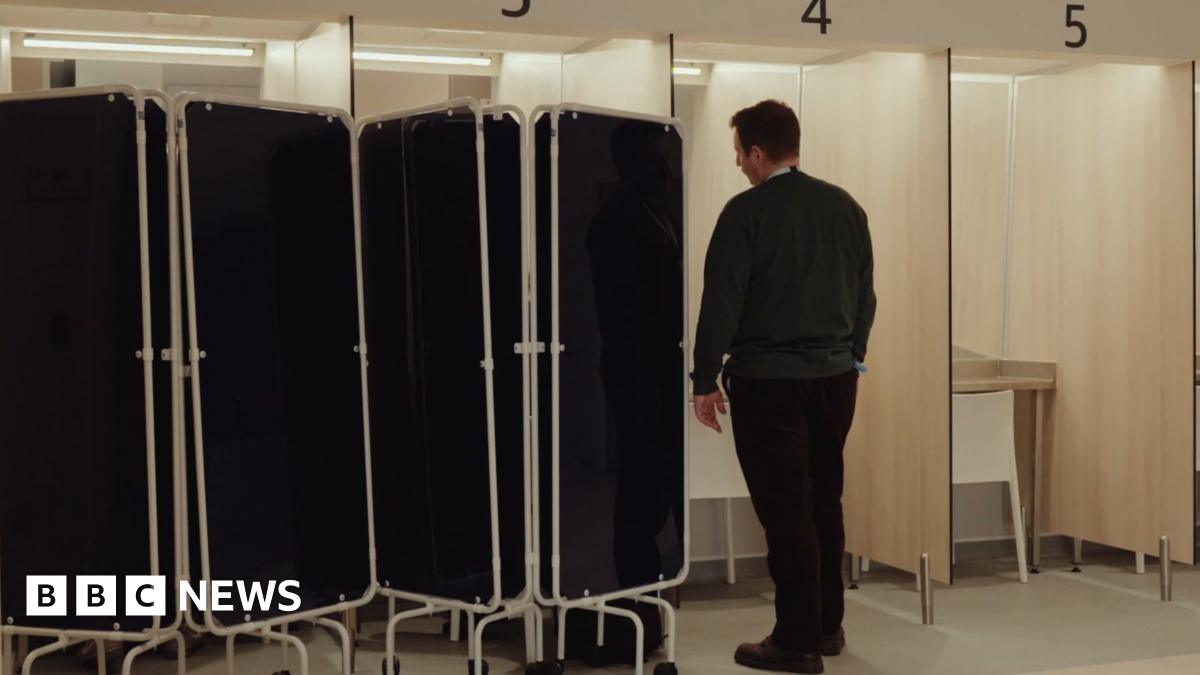48 Hours Inside: Drug Overdose Alarms & Hope – A Glimpse into a Crisis and the Fight for Change
The opioid crisis continues to ravage communities across the globe, claiming lives at an alarming rate. But amidst the despair, a beacon of hope shines through – the growing implementation of life-saving technology and innovative programs aimed at combating this devastating epidemic. This article offers a glimpse into the urgent reality of drug overdoses, focusing on the crucial role of overdose alarms and the burgeoning hope for a brighter future.
The Grim Reality: A 48-Hour Snapshot
Imagine a 48-hour period in a city struggling with opioid addiction. Within those two days:
- Multiple overdoses are reported: Emergency responders are constantly rushing to scenes, administering Narcan (naloxone), a medication that can reverse opioid overdoses. The sheer frequency underscores the urgency of the situation.
- Families are devastated: The impact extends far beyond the individual struggling with addiction; families are left grappling with grief, guilt, and the profound loss of a loved one.
- Hospitals are overwhelmed: Emergency rooms are often strained to capacity, dealing with the influx of overdose patients and the subsequent medical care required.
- Communities mourn: The cumulative effect of repeated losses creates a palpable sense of grief and desperation within the affected communities.
This is not a hypothetical scenario; it's the stark reality for many communities battling the opioid crisis. The sheer volume of overdoses highlights the need for immediate and comprehensive solutions.
Overdose Alarms: A Technological Lifeline
One significant advancement in combating drug overdoses is the increased use of overdose alarms. These alarms are designed to detect respiratory depression, a key indicator of an opioid overdose. They provide an early warning system, potentially allowing for timely intervention and saving lives.
- How they work: These devices, often wearable, monitor vital signs and trigger an alert if respiratory rate falls below a critical threshold. The alarm can notify emergency services, family members, or designated caregivers, enabling swift medical response.
- Types of alarms: The market offers various options, ranging from simple wearable devices to more sophisticated systems integrated with telehealth platforms.
- Potential benefits: Early detection through overdose alarms can drastically improve the chances of survival, minimizing the time between overdose and medical intervention. This can reduce the risk of brain damage and other long-term health complications often associated with opioid overdose.
However, it's crucial to remember that overdose alarms are just one piece of the puzzle. They are most effective when integrated into a broader strategy encompassing prevention, treatment, and recovery support.
The Hope for Change: Beyond the Alarms
While technology like overdose alarms is essential, a holistic approach is necessary to truly address the opioid crisis. This includes:
- Expanding access to treatment: Affordable and accessible addiction treatment, including medication-assisted treatment (MAT), is crucial for successful recovery.
- Reducing stigma: Addressing the stigma surrounding addiction is critical to encouraging individuals to seek help without fear of judgment.
- Improving harm reduction strategies: Implementing harm reduction programs, such as supervised injection sites and needle exchange programs, can significantly reduce overdose deaths.
- Strengthening community support: Building strong community support networks can provide crucial support and resources for individuals and families affected by addiction.
The fight against the opioid crisis is a complex challenge, but the dedication of healthcare professionals, researchers, and community organizations offers a powerful force for change. Overdose alarms represent a significant step forward, but their true impact will only be realized through a comprehensive, multi-faceted approach.
Conclusion: A Call to Action
The 48-hour snapshot presented here underscores the urgent need for continued action. Overdose alarms are a crucial tool, but lasting change requires a commitment to comprehensive prevention, treatment, and support systems. By working together, we can offer hope and a pathway to recovery for those struggling with opioid addiction and build safer, healthier communities for all.
Learn more: [Link to a relevant resource about opioid addiction or overdose prevention] [Link to a relevant resource about overdose alarm technology]
Keywords: opioid crisis, drug overdose, overdose alarm, naloxone, Narcan, addiction treatment, harm reduction, community support, opioid epidemic, life-saving technology, healthcare, public health, addiction recovery.

